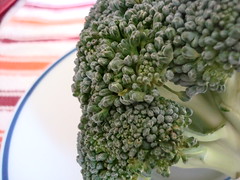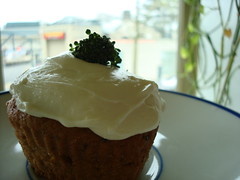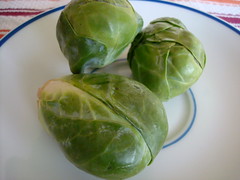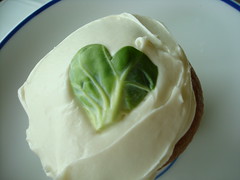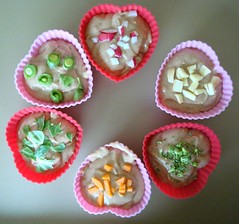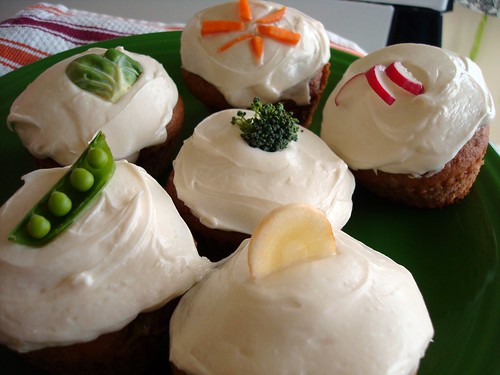
Lately, we've been thinking about carrot cake. Really, when you think about it, it's a bit of a strange beast: a culinary crossroads where cake meets vegetable and yields a beautiful result. How did that combination come about, we wondered? Well, turns out carrot cake (along with other veggie-rich baked goods like zucchini and squash breads) came into popularity during World War II, when butter, eggs and sugar were in short demand. During this time, many baked were made using oil instead of butter, which yielded a dense, pound-cake like texture--and vegetables gained popularity because the water they release during baking yields a tender crumb, and they added a bit of natural sweetness.
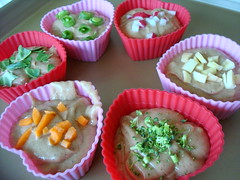
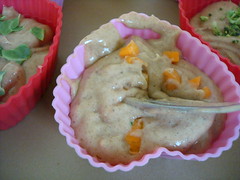
How'd we do it? We took this basic carrot cake recipe (we left out the nuts) and separated it into small batches, subbing different veggies for the carrots into the cake batter and mixing them into individual cupcakes (we did make one carrot cupcake--you know, as consolation if none of them tasted good). All of the creations were topped with cream cheese frosting, and for added cuteness and discernibility, each one was crowned with a veggie garnish.
As for how it all tasted...

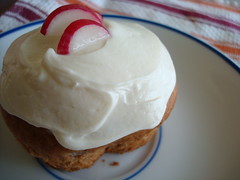
Radish Cake: This one was a pleasant surprise; it had savory, spicy flavor that crept up on the palate, ultimately blossoming into a complex, unusual flavor--one that perhaps might not be for everyone, but it certainly kept us coming back for more. Overall though, if served this cake not knowing it was radish, we might not have been able to identify the flavor.
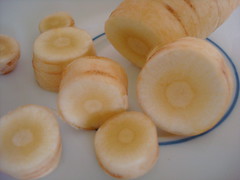
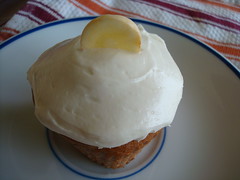
Parsnip Cake: Once baked, the taste of this one was so similar to that of carrot cake that if it were a blind tasting, we'll admit we might have been fooled. In fact, it was only the aftertaste, slightly spicy, which gave away the vegetable's identity as the carrot's albino cousin. If you've got extra parsnips (not sure how often that happens), give it a try!


